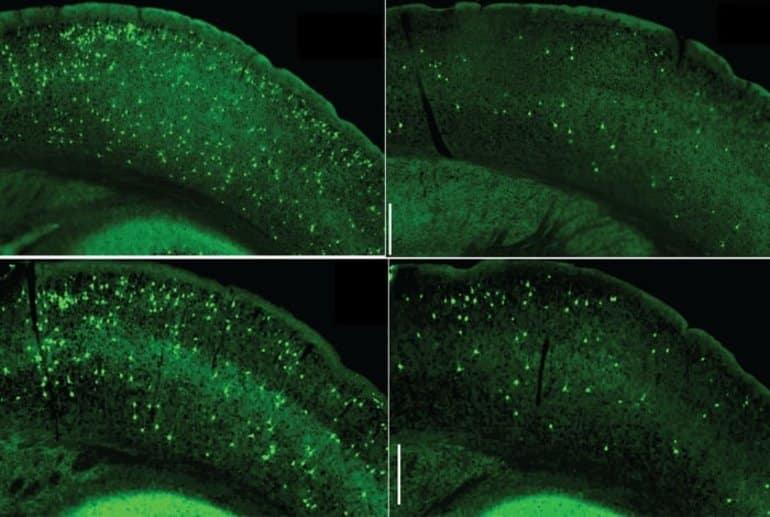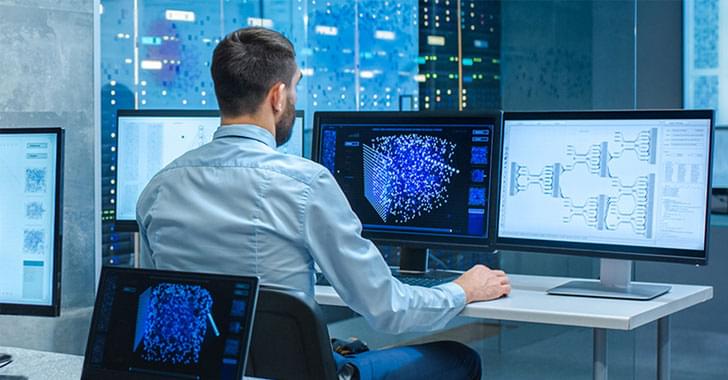It was cute—even though LaMDA went on to make a few errors. The AI language model that powers it is still in development, Pichai explained. And Google says it has no plans yet to use LaMDA in its products. Even so, the company is using it to explore new ways to interact with computers—and new ways to search for information. “LaMDA already understands quite a lot about Pluto and millions of other topics,” he said.
The vision of a know-it-all AI that dishes out relevant and accurate information in easy-to-understand bite-size chunks is shaping the way tech companies are approaching the future of search. And with the rise of voice assistants like Siri and Alexa, language models are becoming a go-to technology for finding stuff out in general.









